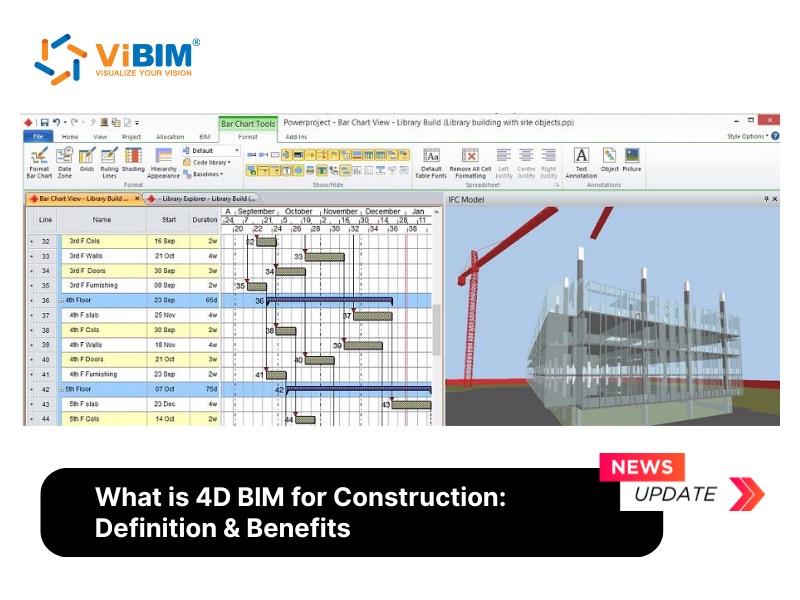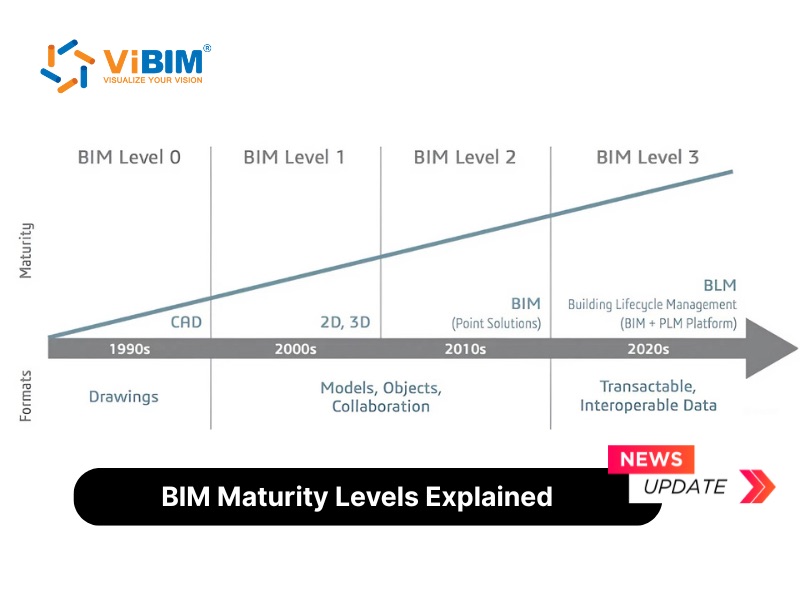BIM standards are a set of guidelines, protocols and best practices that define how BIM is implemented and managed throughout a project’s lifecycle. They establish a structured approach for producing, exchanging, and managing digital information, ensuring consistency, accuracy, and interoperability across all phases of a project. By providing a common data environment (CDE) and clear protocols, BIM standards help prevent the data loss and misinterpretation that can occur when teams work in isolated digital silos.
This guide will provide a comprehensive look at BIM standards, from their fundamental purpose to the specific frameworks used internationally and in key countries. We will explore why they are necessary for modern construction and how they are shaping the future of the AEC industry.
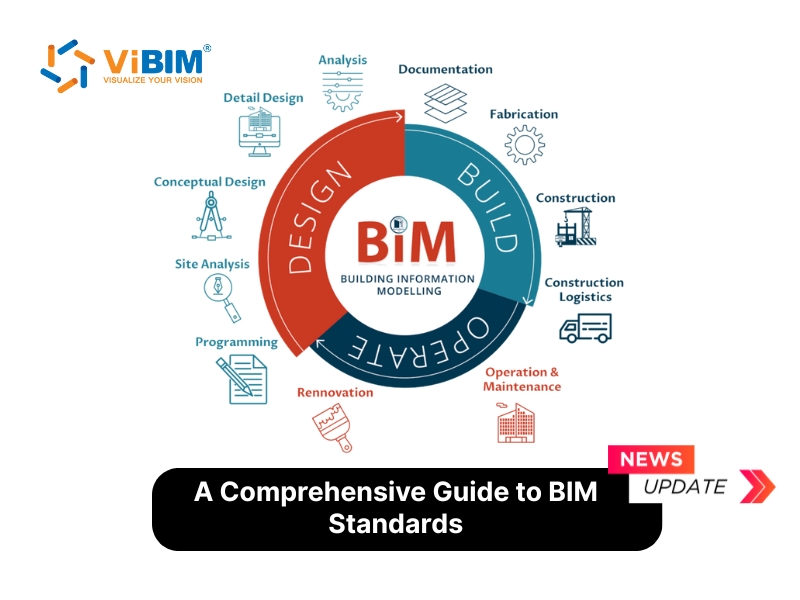
What are BIM Standards?
BIM standards are sets of guidelines, protocols, and best practices designed to ensure consistency, accuracy, and interoperability of data in a BIM environment. They establish a common language and a structured process for all stakeholders, including architects, engineers, contractors, and owners. By adhering to these standards, project teams can work more cohesively, minimize errors, and improve overall project outcomes. In essence, BIM standards are the rulebook that enables the seamless collaboration and data exchange that are central to the BIM methodology.
The history of BIM standards is rooted in the evolution of design technology itself. The journey began with the shift from traditional 2D computer-aided design (CAD) to more advanced 3D object-based parametric modeling, a technology that first emerged in the manufacturing sector in the 1970s and 1980s. As these tools became more sophisticated, the lack of a common language for data exchange became a significant barrier to collaboration. This led to pioneering efforts by organizations like the National Institute of Building Sciences (NIBS) in the U.S. and buildingSMART International (formerly the International Alliance for Interoperability) to develop open standards. This led to the development of interoperability standards, most notably the Industry Foundation Classes (IFC), spearheaded by organizations like buildingSMART International (formerly the International Alliance for Interoperability). In the United Kingdom, early groundwork was laid by BS 1192, a traditional standard that established core principles for managing the collaborative production of architectural and engineering drawings. Building on this foundation, the UK developed the PAS 1192 series, a modern suite of documents specifically designed for managing information in a BIM context. This series defined the collaborative processes for BIM Level 2 and became the direct precursor that heavily influenced the development of the international ISO 19650 series, which now serves as the global benchmark for information management in the construction industry.
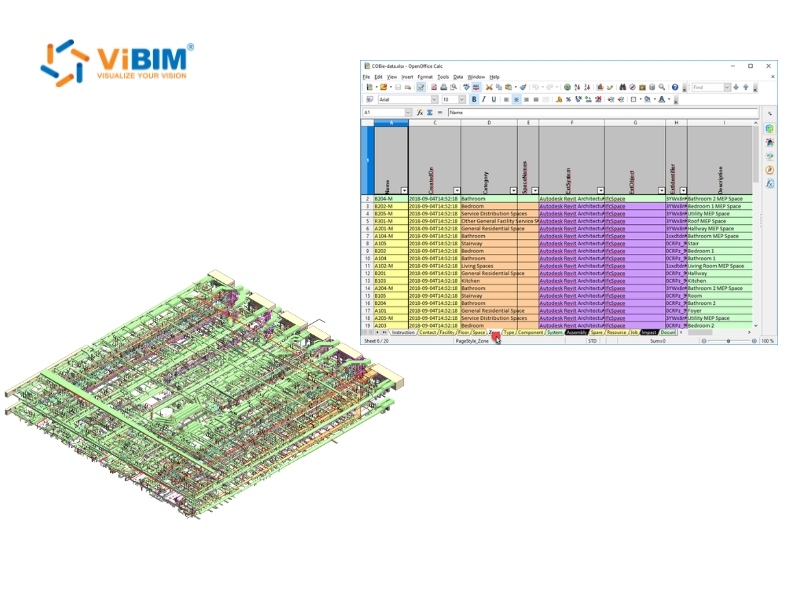
So what is BIM and How Does It Impact the Construction Industry?
Why are BIM standards necessary?
BIM standards play a pivotal role in project execution by providing a universal language and streamlined processes. They enhance collaboration, ensure data consistency, and foster efficient workflows, reducing errors and delays. The importance of these standards can be broken down into several key benefits:
- Improved Collaboration and Communication: Standards create a common data environment (CDE) where all stakeholders can access and share information confidently. This unified approach breaks down communication silos between architects, engineers, contractors, and owners, fostering a more integrated and collaborative team dynamic.
- Enhanced Data Interoperability: One of the biggest challenges in the AEC industry is ensuring that data created in one software can be used in another without loss or corruption. Standards, particularly those defining open formats like Industry Foundation Classes (IFC), mandate how data should be structured, ensuring seamless interoperability between different BIM platforms.
- Increased Quality and Accuracy: By defining requirements for the level of detail (LOD) and accuracy at each project stage, standards ensure that the BIM model is reliable and fit for purpose. This consistency minimizes the risk of errors, omissions, and clashes between different building systems (e.g., structural, MEP), which are often discovered too late in traditional processes.
- Greater Efficiency and Cost Savings: A standardized process reduces rework, minimizes delays caused by miscommunication, and allows for more accurate cost estimation from the early design stages. It also facilitates the use of off-site prefabrication and modular construction, which are proven to be more productive and cost-effective than on-site work.
- Clearer Roles and Responsibilities: BIM standards clearly define the responsibilities of each team member regarding the creation and management of information. This clarity prevents confusion, ensures accountability, and streamlines workflows throughout the project lifecycle.
- Better Project Management: BIM standards improve project management by providing a common language and framework for managing digital information throughout the project lifecycle.
- Lifecycle Asset Management: A standardized BIM model serves as an accurate “as-built” digital twin of the facility, containing valuable data for post-construction activities. This information can be seamlessly handed over to owners and facility managers for more efficient operations, maintenance, and future renovations.
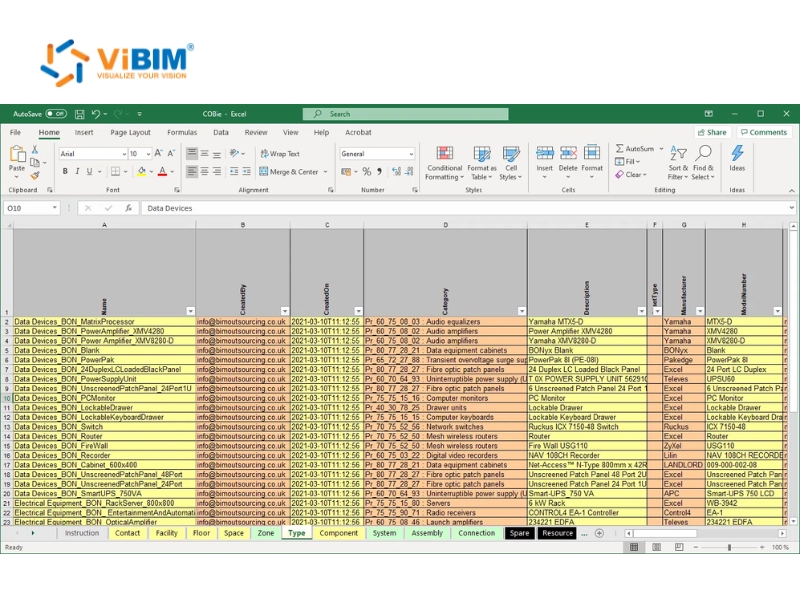
See more benefits of BIM in construction to understand why it is necessary to create an accurate BIM model
International BIM Standards
The ISO 19650 series provides principles and requirements for the effective management of information over the whole lifecycle of a built asset using BIM.
Published by the International Organization for Standardization (ISO), the ISO 19650 series is not a prescriptive standard that dictates specific software or workflows. Instead, it offers a flexible framework that can be adapted to projects of any size or complexity, anywhere in the world. Its primary goal is to help project teams produce information more efficiently and collaboratively.
The ISO 19650 series was heavily based on the successful British standards that drove BIM adoption in the UK, particularly BS 1192 and PAS 1192-2. It is structured into several parts, with the initial key documents being:
- ISO 19650-1: Concepts and principles: This part outlines the fundamental concepts for information management, establishing the terminology and principles that apply across the entire series. It introduces key ideas like the Common Data Environment (CDE) and defines the roles of different parties involved in the project.
- ISO 19650-2: Delivery phase of the assets: This part details the process for managing and delivering information during the design and construction phases of a project. It specifies the procedures for information exchange, from project initiation to handover, ensuring that information is produced and shared in a structured and timely manner.
- ISO 19650-3: Operational phase of the assets: This part, which is still in development, will provide guidance on managing asset information during the operational phase, ensuring that the data created during the delivery phase can be effectively used for facility management.
- ISO 19650-4: Information exchange: This part details the processes and criteria for information exchange between parties throughout the project lifecycle. It ensures the quality of the data being exchanged by providing a clear framework for how information should be structured and transferred.
- ISO 19650-5: Security-minded approach to information management: This part addresses the security considerations related to managing building information, providing a framework for protecting sensitive data from unauthorized access and cyber threats.
By promoting the use of a Common Data Environment (CDE) and defining clear information requirements, the ISO 19650 series ensures that all parties can work together effectively, creating a more consistent, secure, and efficient project environment.
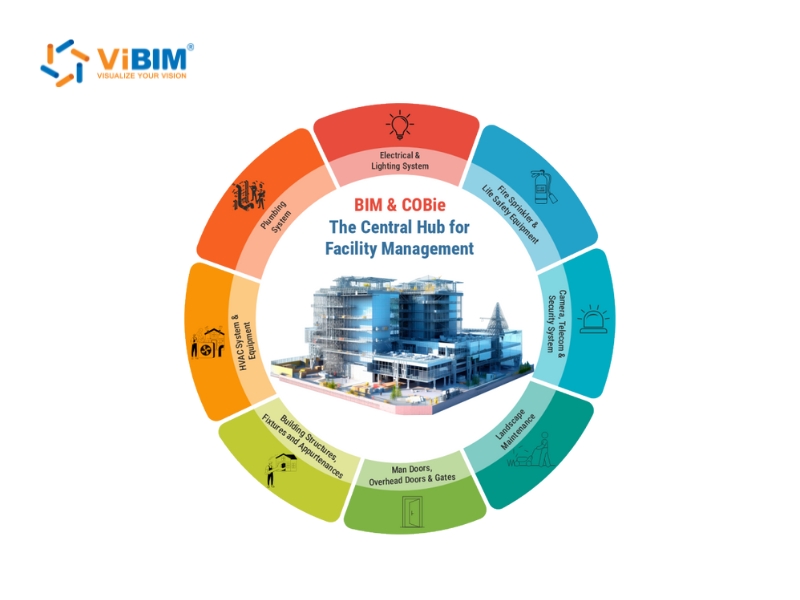
BIM standards country-wise
While ISO 19650 provides an international framework, many countries have developed their own national standards and guidelines to drive BIM adoption and address specific regional needs. These country-wise standards often complement the ISO series, providing more detailed requirements tailored to local regulations, construction practices, and government procurement policies.
United Kingdom BIM Standards
The UK has been a global leader in BIM adoption, largely driven by a government mandate that required all public sector projects to be delivered using BIM Level 2 by 2016. Its standards formed the foundation for the ISO 19650 series. Key UK BIM standards include:
- BS 1192:2007: Established the foundational principles for the collaborative production of architectural, engineering, and construction information, including a standardized naming convention.
- PAS 1192-2:2013: Focused on information management for the capital/delivery phase of projects and famously introduced the concept of BIM Maturity Levels (Level 0, 1, 2, 3).
- PAS 1192-3:2014: Dealt with information management for the operational phase of assets, bridging the gap between construction and facility management.
- BS 1192-4:2014: Provided the methodology for implementing COBie to exchange facility management information.
- PAS 1192-5:2015: Outlined specifications for a security-minded approach to BIM, protecting digital assets from cyber threats.
- Construction Operations Building Information Exchange (COBie): While not exclusively a UK standard, COBie was a critical component of the Level 2 mandate. It is a data schema for capturing and delivering asset information in a structured format, ensuring a smooth handover of data from construction to facility management.
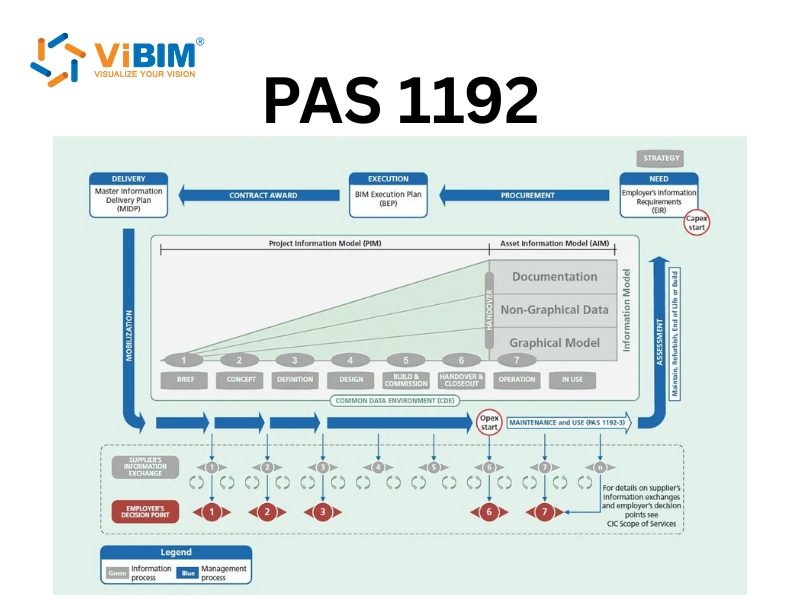
United States BIM Standards
In the U.S., BIM adoption has been more industry-led rather than federally mandated, resulting in several key standards and guidelines:
- National BIM Standard-United States® (NBIMS-US™): Developed by the National Institute of Building Sciences (NIBS), the NBIMS-US is a consensus-based standard that aims to streamline the entire lifecycle of a building. It provides a comprehensive set of guidelines covering everything from planning and design to construction and operations, promoting open standards and interoperability.
- Level of Development (LOD) Specification by BIMForum: This specification provides a crucial framework for the AEC industry to define the reliability and content of BIM models at different stages. BIM level of development helps teams clearly articulate how much a model element can be trusted for uses like quantity take-off, 3D coordination, and construction planning. The LOD scale ranges from LOD 100 (conceptual) to LOD 500 (as-built), with each level representing an increasing degree of geometric precision and data richness.
- USIBD Level of Accuracy (LOA) Specification: Developed by the U.S. Institute of Building Documentation (USIBD), the LOA specification addresses a different but complementary need: the accuracy of the underlying data in a model, particularly from reality capture technologies like laser scanning. While LOD defines what an element is and how detailed its representation is, LOA defines how accurately the element’s position and geometry are captured and represented. This standard is critical for ensuring that “as-built” models are reliable enough for renovation, retrofitting, and facility management.
- GSA BIM Standards: The U.S. General Services Administration (GSA), a major public building owner, has been a key driver of BIM adoption. It requires BIM on its projects and has developed its own standards for project submissions, influencing the wider industry.
- U.S. Army Corps of Engineers (USACE): The USACE has developed detailed BIM requirements and roadmaps for military construction projects, focusing on standardization and lifecycle data management.
- AIA Documents: The American Institute of Architects (AIA) has developed a suite of contract documents and guides that address the use of BIM in construction projects. These documents help to clarify the roles, responsibilities, and legal implications of using BIM.
- AGC BIM Addendum: The Associated General Contractors of America (AGC) has also developed a BIM addendum for its consensus-based contract documents, which provides a framework for integrating BIM into the contractual agreements between project stakeholders.
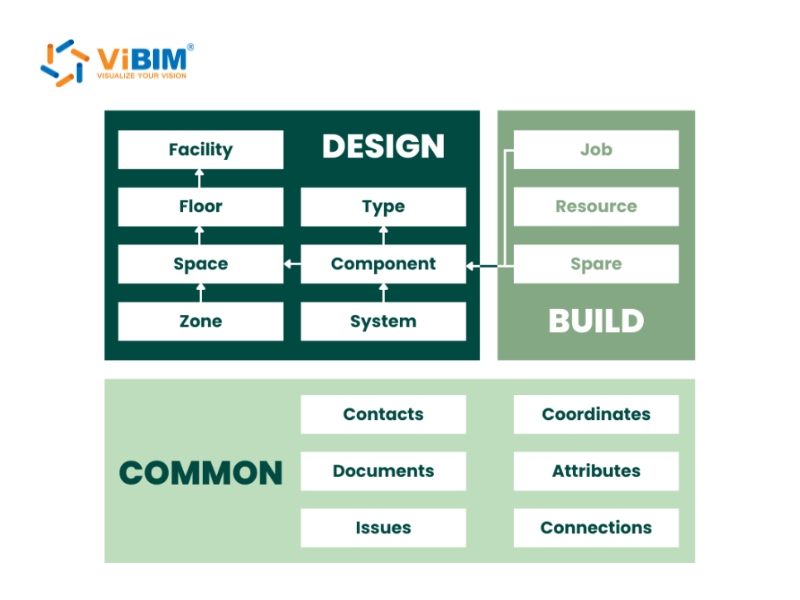
Other Notable BIM Standards and Frameworks
Around the world, other nations have also made significant progress in developing and mandating BIM standards:
- Singapore: The Building and Construction Authority (BCA) has actively promoted BIM since 2010, releasing BIM Essential Guides and mandating BIM e-submissions for regulatory approvals.
- Scandinavian Countries: Nations like Norway, Finland, and Denmark have been early adopters of open BIM standards, with government bodies like Statsbygg in Norway mandating the use of IFC for all public projects.
- Germany: Germany is implementing its “Roadmap for Digital Design and Construction” (Stufenplan Digitales Planen und Bauen), a phased plan to make BIM mandatory for all public infrastructure projects.
- Australia and New Zealand: These countries are collaborating on initiatives to develop consistent BIM guidelines and frameworks across the region, including the Australian and New Zealand Revit Standards (ANZRS).
- Industry Foundation Classes (IFC): The IFC schema is a critical open, industry-wide standard for exchanging data between different BIM software applications. Developed and maintained by buildingSMART International, IFC ensures that project teams can collaborate effectively, even when using software from various vendors, by providing a neutral and open file format. This prevents data loss and allows for a more flexible and integrated workflow across the project lifecycle.
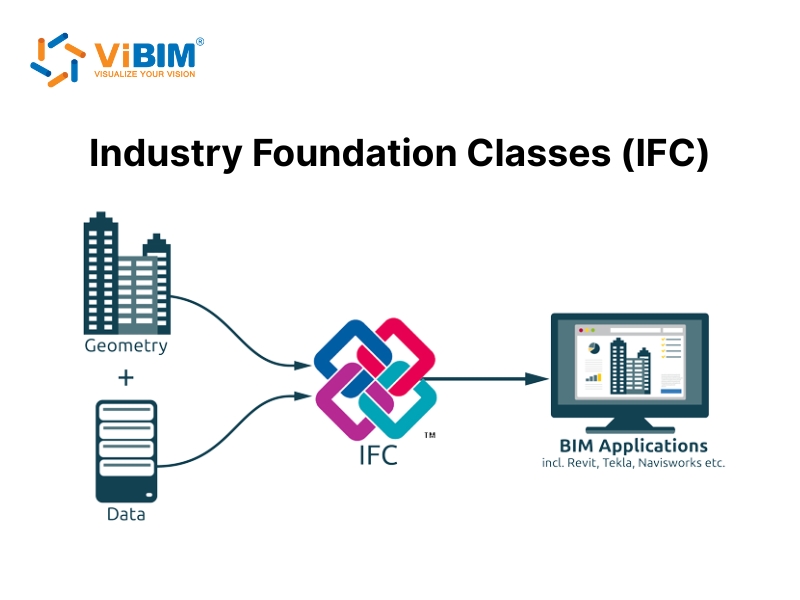
FAQs
What is the difference between BIM standards and BIM protocols?
While the terms “BIM standards” and “BIM protocols” are often used interchangeably, there is a subtle but important distinction between the two. BIM standards are the overarching guidelines and best practices that provide a framework for the implementation of BIM. They are typically developed by national or international standards bodies and are intended to be applicable across a wide range of projects and organizations.
See more: BIM Project Execution Planning Guide
On the other hand, a BIM protocol is a project-specific document that sets out the detailed procedures and requirements for the use of BIM on a particular project. It is essentially a customized set of rules that is tailored to the specific needs and context of the project. While a BIM protocol will be based on and aligned with the relevant BIM standards, it will provide a much more granular level of detail, covering aspects such as file naming conventions, model coordination procedures, and data exchange formats. In short, BIM standards provide the “what,” while BIM protocols provide the “how.”
To ensure your information model complies with BIM standards and perfectly reflects the on-site reality, especially for existing structures, ViBIM provide 3d laser scan to bim services that ensure the model is built on a foundation of accurate, real-world data.







